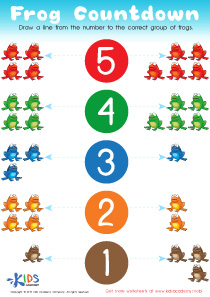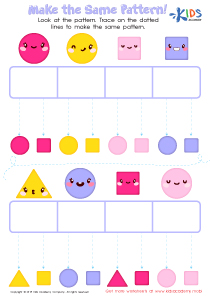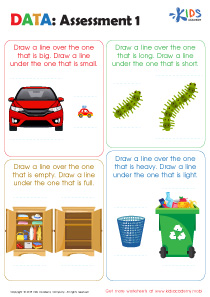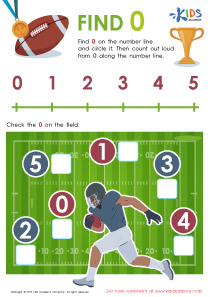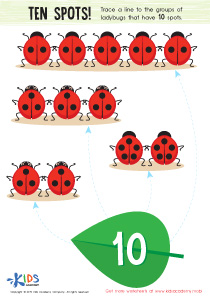Normal Difficulty Patterns Worksheets for Pre-K
4 filtered results
-
From - To
Our engaging "Normal Difficulty Patterns Worksheets for Pre-K" are designed to help young children develop essential pattern recognition skills through fun and interactive activities. Ideal for preschoolers, these worksheets feature simple and colorful pattern exercises that enhance logical thinking and early math concepts. Children will enjoy identifying, continuing, and creating various patterns using familiar shapes, colors, and objects. By incorporating these activities into their learning routine, kids will build a strong foundation in critical thinking and problem-solving skills, preparing them for more advanced math challenges. Perfect for classroom use or home practice, these worksheets make learning enjoyable and effective.
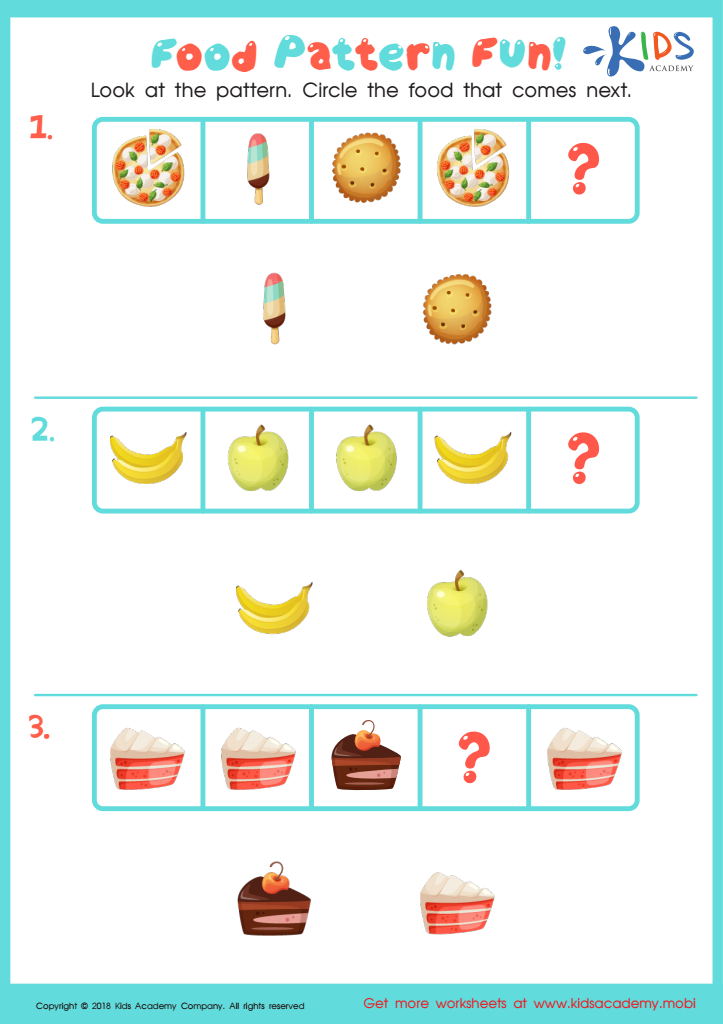

Food Pattern Fun Worksheet
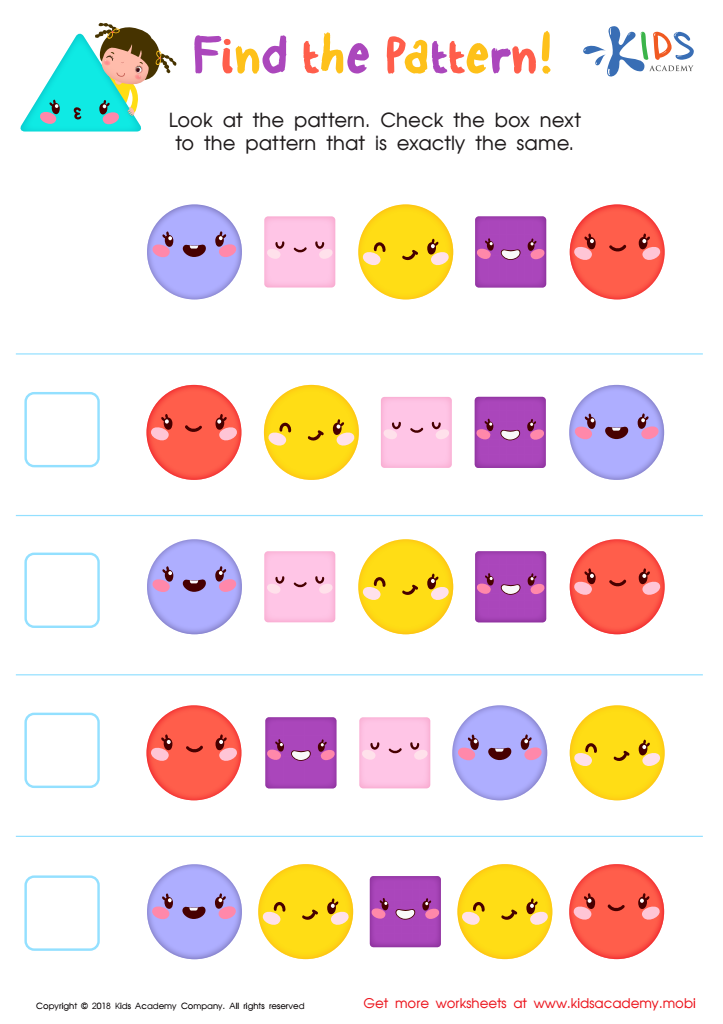

Find the Pattern Worksheet
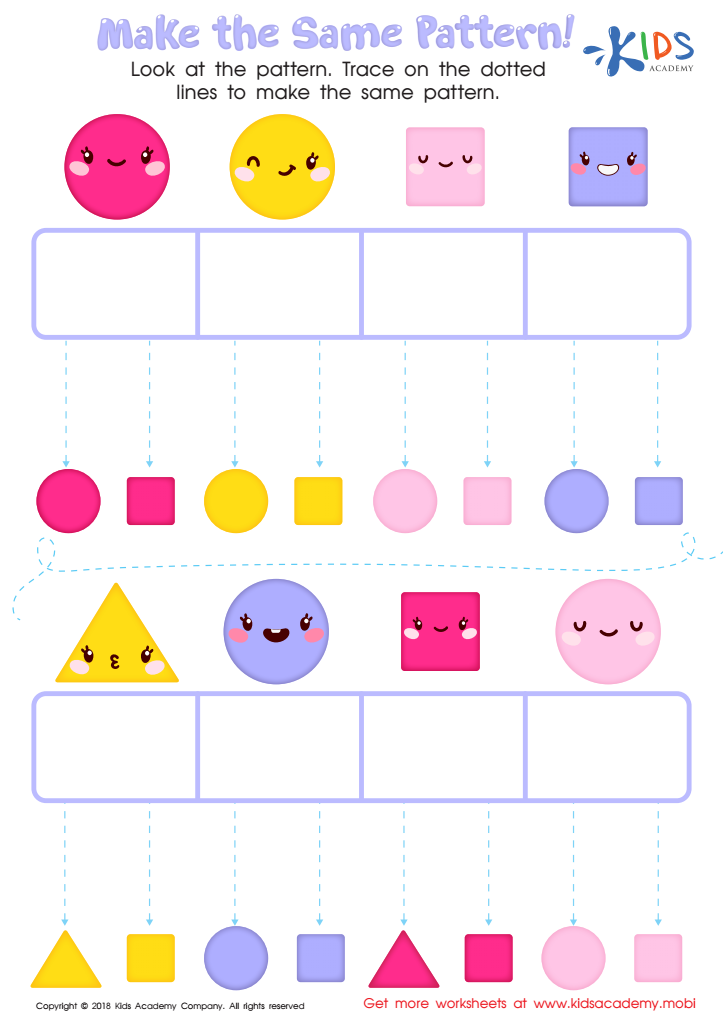

Make the Same Pattern Worksheet
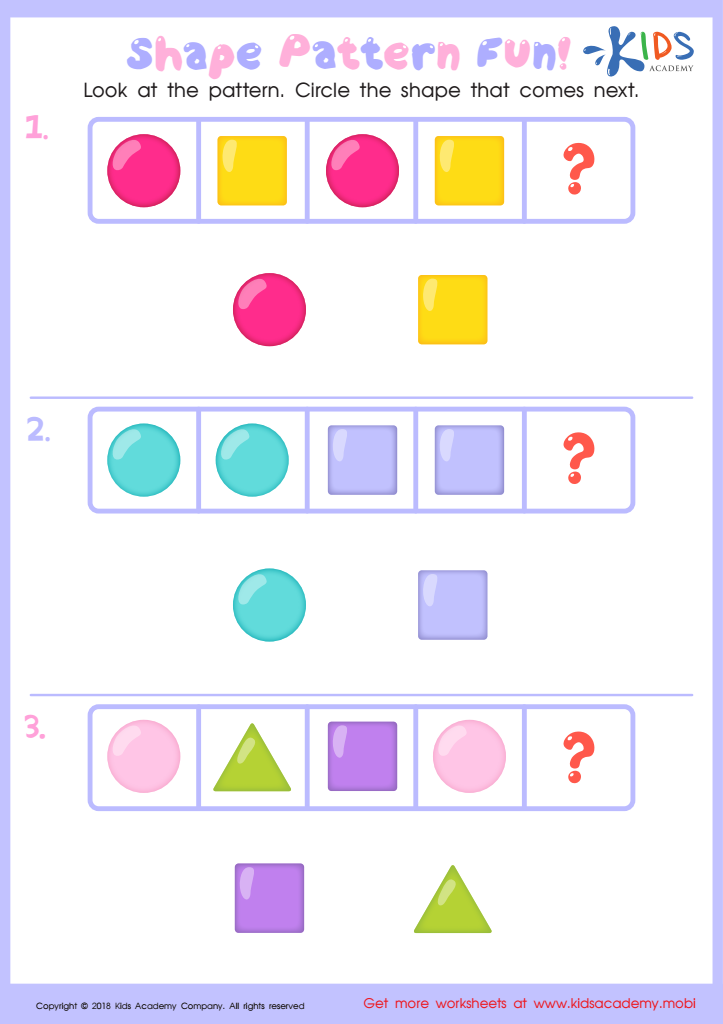

Shape Pattern Fun Worksheet
Caring about normal difficulty patterns for Pre-K children is essential as it provides critical benchmarks for assessing developmental progress and identifying potential challenges early. At this formative stage, children experience rapid growth in cognitive, social, emotional, and motor skills. Understanding the typical range of difficulties they might encounter ensures that parents and teachers can support them effectively.
First, it fosters an environment tailored to the child's learning pace. Recognizing normal difficulty patterns helps in creating appropriate challenges and supports, which are crucial for maintaining engagement and promoting development. For example, if children typically struggle with fine motor skills like holding a pencil, activities can be designed to strengthen this skill progressively.
Second, it aids in early detection of atypical developmental issues. If a child deviates significantly from expected difficulty patterns, it can signal potential learning disabilities or other developmental concerns. Early intervention can provide targeted support, increasing the likelihood of overcoming these challenges.
Lastly, being aware of these patterns helps in setting realistic expectations. It reassures parents and teachers that certain struggles are a normal part of development, reducing unnecessary anxiety and allowing them to offer more empathetic and patient guidance. Thus, understanding normal difficulty patterns is crucial for nurturing well-rounded, confident learners.
 Assign to My Students
Assign to My Students












